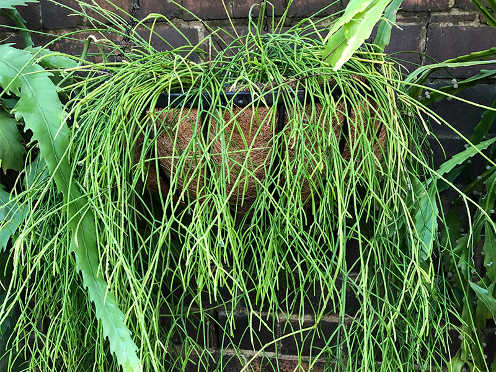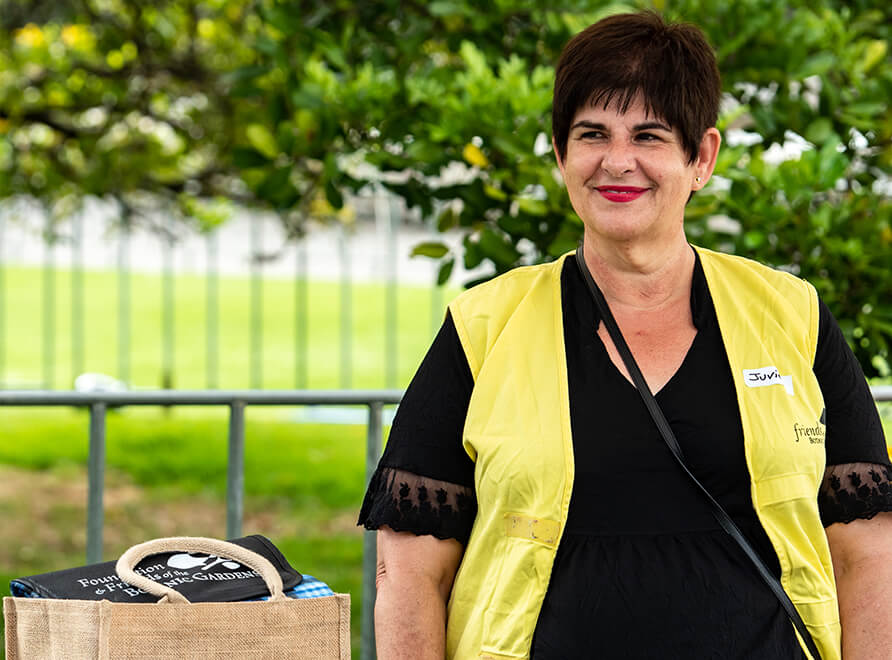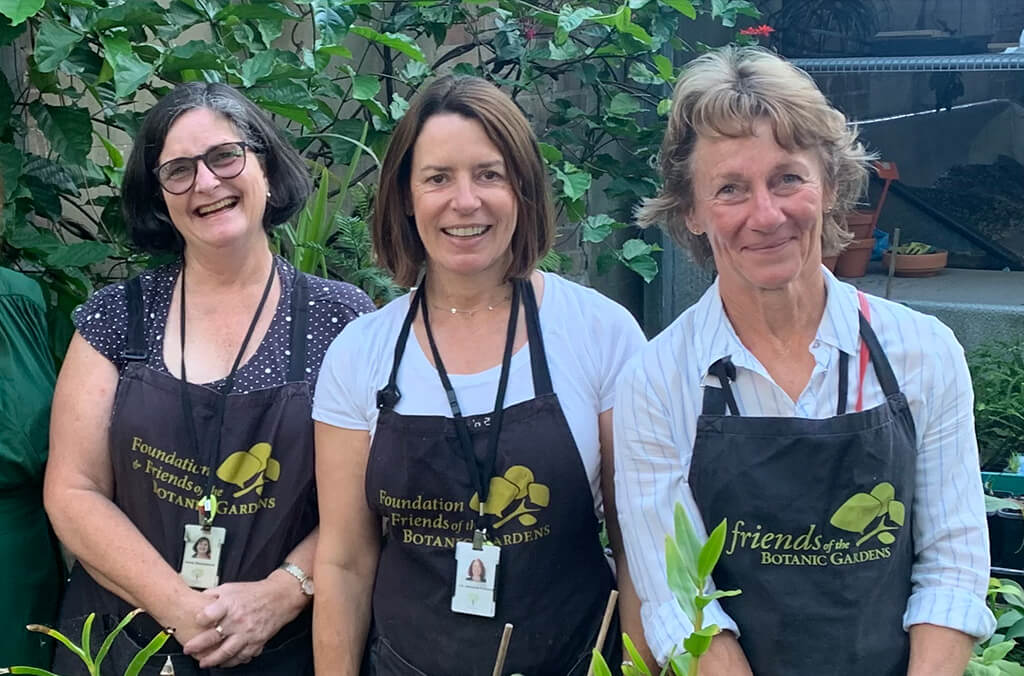Melastoma malabathricum
There are a large number of plants in the Melastomataceae family, most occurring naturally in the tropics, especially parts of South America, which has by far the greatest number of species. However, this lovely garden shrub is native to Australia where it occurs in several states.
The name Melastoma, from the Greek words meaning ‘black mouth’, as well as its common name blue tongue, are related to the staining qualities of the sweet, edible fruit when consumed.
However, many people still tend to refer to this as lasiandra, to which it is closely related.
Lasiandras are most likely to be found in older established suburban gardens. They form a rounded shrub about 2 metres high and wide with prominently veined leaves that are slightly rough and hairy.
The lovely flowers, a mauve-purple colour, appear mainly in summer but may appear sporadically at other times.
Growing lasiandra
It is generally an easy-care shrub that may need only the very occasional light pruning. Best grown in full sun with protection from strong winds, it is ideally suited to warm, sheltered parts of the garden with morning sun and afternoon shade. It thrives in well-drained, well composted soil. It will not tolerate frost or ‘wet feet’.
The shrub rarely needs pruning but, if this is necessary, then a light trim in early spring would be the best time. You can also tip-prune spent flowers, but its natural shape is pleasing.
It is a good idea to mulch the root zone of the plant, being careful not to let the mulch pack up around the stems.





